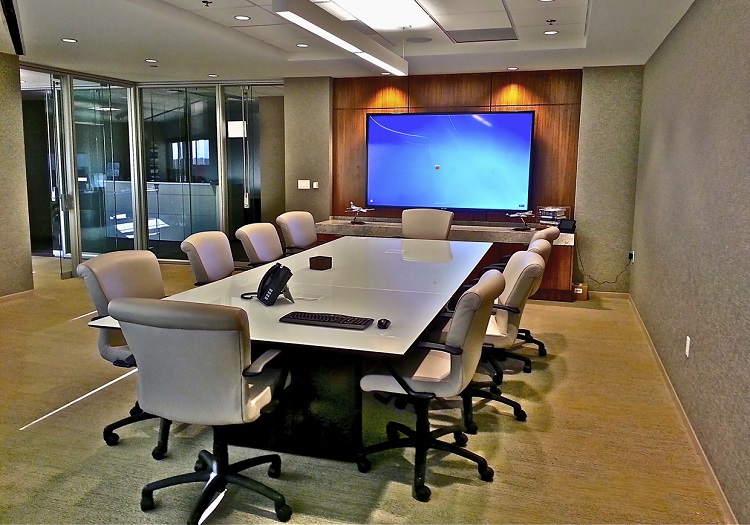Highlighting the Impact of Illumination Circumstances on Motion Detection Precision and Reliability
Highlighting the Impact of Illumination Circumstances on Motion Detection Precision and Reliability
Blog Article
Lighting conditions play a crucial impact in the way well we can detect motion. Motion detection is a critical component of different systems, such as surveillance cameras, automated illumination systems, and also some video games. Comprehending the ways various illumination conditions influence our ability to perceive movement can help improve the design and effectiveness of these technologies. For instance, inadequate lighting might lead to missed movements or false alarms, while optimal lighting can enhance the accuracy of motion detection technologies.
In well-lit illumination conditions, movement detection is typically more accurate. As there is ample illumination, sensors and cameras can obtain clearer pictures, which assists in identifying moving elements. Bright environments allow for better distinction between the moving element and the background. This differentiation is essential for both visual observers and mechanical systems, as it facilitates it easier to differentiate between stationary and dynamic objects in a scene. Therefore, making sure that spaces are well-lit can greatly improve the effectiveness of motion detection technologies.
Conversely, dim environments can pose difficulties for motion detection. In low-light environments, darkness can obscure dynamic click this objects, which makes them difficult to detect. Additionally, the eye faces challenges to detect movement in dim conditions, which can lead to misunderstanding of what is happening in the surroundings. Cameras might also encounter difficulties, as many do not function well in low light without the use of infrared technology or alternative enhancements. These restrictions highlight the importance of adequate lighting in environments where motion detection is critical.
Additionally, various kinds of lighting can have different impacts on movement detection. For example, fluorescent lights can flash, which might mislead motion detection technologies that rely on steady illumination input. On the contrary, natural provides a consistent form of illumination that improves visibility. Understanding these differences in lighting types can assist users in selecting the most appropriate lighting for specific applications, particularly in security and safety situations.
In conclusion, the connection between lighting conditions site here and motion detection accuracy is important. By making sure that environments are suitably illuminated, we can improve the reliability of motion detection systems. This understanding not only supports tech uses but also improves safety and security in various settings. As further developments are made in motion detection systems, taking into account lighting conditions will remain a crucial factor in optimizing performance and guaranteeing that these technologies function effectively in different environments.